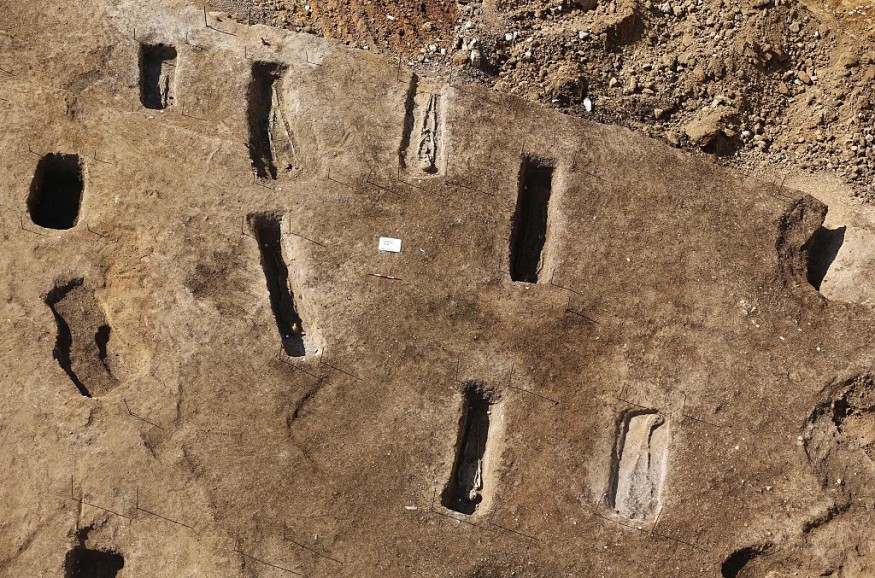An international team of researchers led by Professor Rick Schulting from the School of Archaeology of Oxford University found how early ancestors dealt with the major shifts in climate.
Radiocarbon dating of the Holocene-era cemetery of Yuzhniy Oleniy Ostrov, at Lake Onega in Northern Russia, revealed it was only used for two centuries. It is contrary to previous beliefs that the cemetery was used for many centuries and points to climate change as to why they stopped using it.

Prehistoric Cemetery Represents Response to Climate Crisis
According to Cosmos, the team believes that the cemetery of Yuzhniy Oleniy Ostrov was created due to social response to the stresses brought by the regional resource depletion. During the Early Holocene period, Lake Onega was the second largest lake in Europe and even had its own microclimate that attracted animals to its shores. The lake itself is abundant in the fishery.
But the cooling of temperatures in the region caused the well-known phenomenon of winter fish kills that depleted water oxygen levels under the ice. The cemetery is believed to have been for those dispersed bands of hunter-gatherers that mitigated the potential conflict over the access to the lake's resources that ensued during the climate crisis.
However, the climate gradually improved, and the team found that people at the time also started ditching the cemetery as they were presumed to have returned to a more mobile way of life as the lake was of lesser use to them.
Researchers believe that the behavioral changes displayed a complex social system, especially because some graves contained abundant offerings and some were not, Phys.org reported. They suggest that early hunting and gathering communities had important decision-makers and were highly flexible and resilient from the climate crisis.
Climate Change in Early Holocene Period
In a similar report from World News7g, researchers said that the findings give insights for better understanding on the context of the emergence and dissolution of socioeconomic and territorial inequalities during a time of socio-ecological stress.
Radiocarbon dating revealed that the cemetery was only used between 100-300 years from ca. 8250 to 8,000 BP. That means the sudden climate change or the 8.2 ka cooling event at the time has dramatically changed the environment.
The Holocene period was a geological epoch that began 11,700 years ago. It was relatively stable depending on the current events. However, fluctuations of climate that lasted for two centuries and were recorded in Greenland's ice core changed it. On the other hand, there is little evidence that hunter-gatherers were affected much by climate change at that time.
The cemetery of Yuzhniy Oleniy Ostrov is one of the largest prehistoric cemeteries from the Holocene period in northern Eurasia, with up to 400 graves in it. In the 1930s, Russian archaeologists excavated around 177 graves and found that the cemetery plays a significant role in European Mesolithic studies.
RELATED ARTICLE: 800-Year Old Peruvian Mummy Unearthed Rope-Bound in Cajamarquilla
Check out more news and information on Archaeology in Science Times.
© 2026 ScienceTimes.com All rights reserved. Do not reproduce without permission. The window to the world of Science Times.











